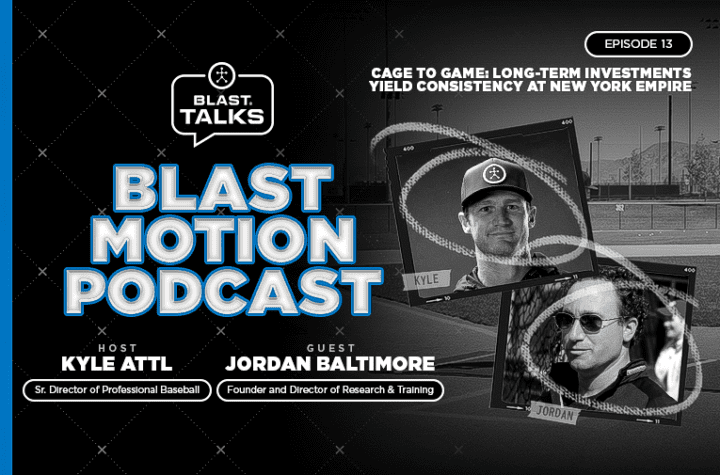
RISE OF THE RISEBALL
They say the hardest thing to do in sports is hit a baseball. But hitting a softball isn’t a picnic.
A softball may be about 3 inches larger in circumference, but the mound is closer (by 17 feet) and a pitcher can turn fastballs into relative flying saucers.
Baseball has sliders, sinkers, and the newly termed sweeper. But softball has something a baseball pitcher can only daydream about: a riseball.
For that reason alone, softball players of all ages lean on technology to flatten out their swings and handle a pitch that starts out looking like a meatball and ends up being made of helium.
“It’s tough because the pitch will look really good,’’ says Caleb Feist, director of softball operations at Stanford. “I mean, it looks great, looks middle, looks hittable. And then it’s above your barrel in a split second. So you have to almost trick your brain to swing above a pitch that’s looking to be in your wheelhouse.’’
At every softball travel ball age —and then up through college — coaches and academies are mostly using Blast and Rapsodo to assess, track and reassess a hitter’s ability to handle that dreaded riseball, as well as the equally devastating drop ball. At collegiate programs like Oklahoma, which just three-peated and has won 53 straight games, the hitting coach JT Gasso locks on in three specific metrics: exit velocity launch angle, and spin rates. But make no mistake, his assessments start and end with technology that can help keep a softball hitter on plane. Because softball pitches are known to dance.
Want the full e-book for FREE? Click HERE!
E-BOOK INCLUDES:
- The tech and resources that top coaches recommend
- Which metrics programs are focused on
- How to go about re-assessing your athletes … and so much more!














